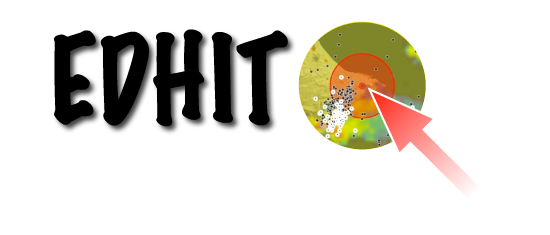Objectives
It is widely recognized that the most important effects induced by climate change are related to the increased occurrence of extreme events, which has a direct impact on the natural hazards triggered by heavy rains and lightning. In this context, the policies for flood risk reduction and management have shifted from a defence-based (mostly structural measures) to a more adaptative flood risk management approach (the need of developing Flood Risk Management Plans at a basin level introduced by the EU Flood Directive is an excellent example). In this new integrated approach, the full flood disaster cycle, i.e. prevention, preparedness, response and recovery, is taken into consideration, and the importance of implementing efficient people-centred Early Warning Systems becomes central. To support it, it is urgent to transform the advances on the knowledge of the phenomena triggering these events into methodologies able to support decision-makers both in the planning activities and especially in the real-time risk management actions and plans.
A successful example of this, is the methodology to produce rainfall nowcasting based on the European radar composites provided by OPERA developed under the previous EU Civil Protection Prevention project HAREN (230301/2011/614151/SUB/A5-HAREN), where a first prototype has been tested. Results have shown the interest of the produced outputs and their potential added value to support rainfall-induced Hazard Identification over Europe. The main benefit of the system (providing high-resolution rainfall forecasts every 15 minutes with lead times up to 6 hours) is its complementarity to systems based on Numerical Weather Prediction (NWP) models, which have resolutions not able to resolve convective rainstorms, sometimes very local and with life cycles of the order of a few hours. However, the prototype is still not mature enough to be transformed into an operational tool, and some further work to find how to face the challenges to prove their long-term viability and to succeed in being accepted as supporting tool by meteorological forecasters of National Hydro-Meteorological Services (NHMS) and National Civil Protection authorities (NCP) should be addressed.


